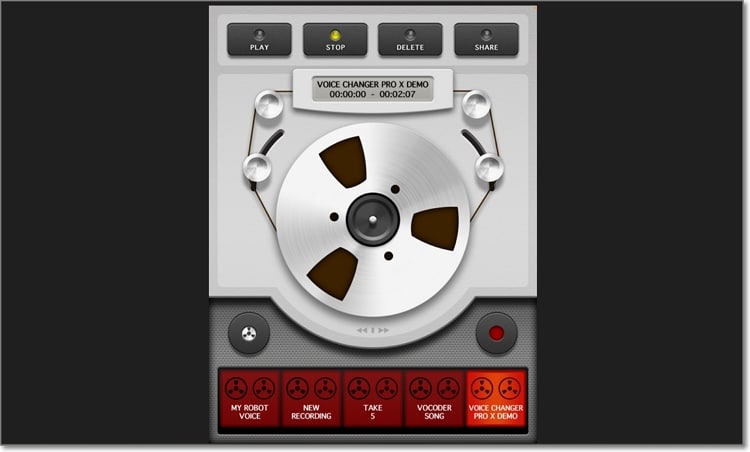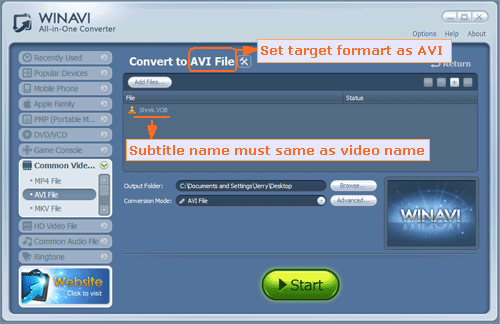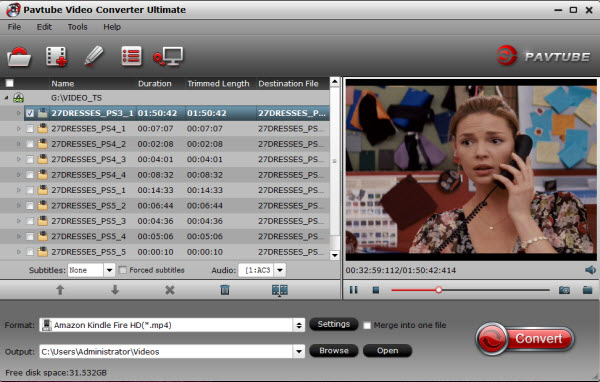
- #Adding srt files to original smart converter manual#
- #Adding srt files to original smart converter code#
For this post, we demonstrate creating a transcription job and reviewing the job output. Customers can choose to use Amazon Transcribe for a variety of business applications, including transcription of voice-based customer service calls, generation of subtitles on audio/video content, and conduct (text based) content analysis on audio/video content. Amazon Transcribe allows you to ingest audio input, produce easy-to-read transcripts with a high degree of accuracy, customize your output for domain specific vocabulary using custom language models (CLM) and custom vocabularies, and filter content to ensure customer privacy. Amazon Transcribe takes audio data, either a media file in an Amazon S3 bucket or a media stream, and converts it to text data. Amazon Transcribe inputs and outputs are stored in Amazon S3. An object is a file and any metadata that describes that file.Īmazon Transcribe is an ASR service that uses fully managed and continuously trained ML models to convert audio/video files to text. When users store data in Amazon S3, they work with resources known as buckets and objects. This post walks through the process to create an S3 bucket and upload an audio file. This post walks through a no-code workflow for generating subtitles using Amazon Simple Storage Service (Amazon S3) and Amazon Transcribe.Īmazon S3 is object storage built to store and retrieve any amount of data from anywhere. Amazon Transcribe makes it easy for you to convert speech to text using ML-based technologies and helps video creators address these issues.
#Adding srt files to original smart converter manual#
Likewise, many companies utilize manual transcription services, but these processes often don’t scale and are expensive to maintain. Traditional subtitling methods are manual and can take days to weeks to complete, and therefore may not be compatible with all production schedules. Obstacles arise due to the time-consuming and resource-intensive requirements of the traditional creation process that heavily rely on manual effort.

By displaying the spoken audio portion of a video on the screen, subtitles make audio/video content accessible to a larger audience, including those that are non-native language speakers and those that are in an environment where sound is inaudible.Īlthough the benefits of subtitles are clear, video creators have traditionally faced obstacles in the creation of subtitles. Subtitles benefit video creators by extending both the reach and inclusivity of their video content. The following image shows an example of subtitles toggled on within a web video player.

Amazon Transcribe supports the industry standard SubRip Text (*.srt) and Web Video Text Tracks (*.vtt) formats for subtitle creation.

This post only focuses on the creation of transcribed spoken word subtitle files using automatic speech recognition (ASR) technology that don’t contain speaker identification, sound effects, or music descriptions. However, a primary difference between subtitles and closed captions (based on industry and accessibility definitions) is that closed captions contain both the transcription of the spoken word as well as a description of background music or sounds occurring within the audio track for a richer accessibility experience. The terms subtitles and closed captions are commonly used interchangeably, and both refer to spoken text displayed on the screen. This post walks you through setting up a no-code workflow for creating video subtitles using Amazon Transcribe within your Amazon Web Services account.
#Adding srt files to original smart converter code#
There is no machine learning (ML) or code writing required to get started. To address those challenges, Amazon Transcribe has a helpful feature that enables subtitle creation directly within the service. Subtitle creation on video content poses challenges no matter how big or small the organization.


 0 kommentar(er)
0 kommentar(er)
